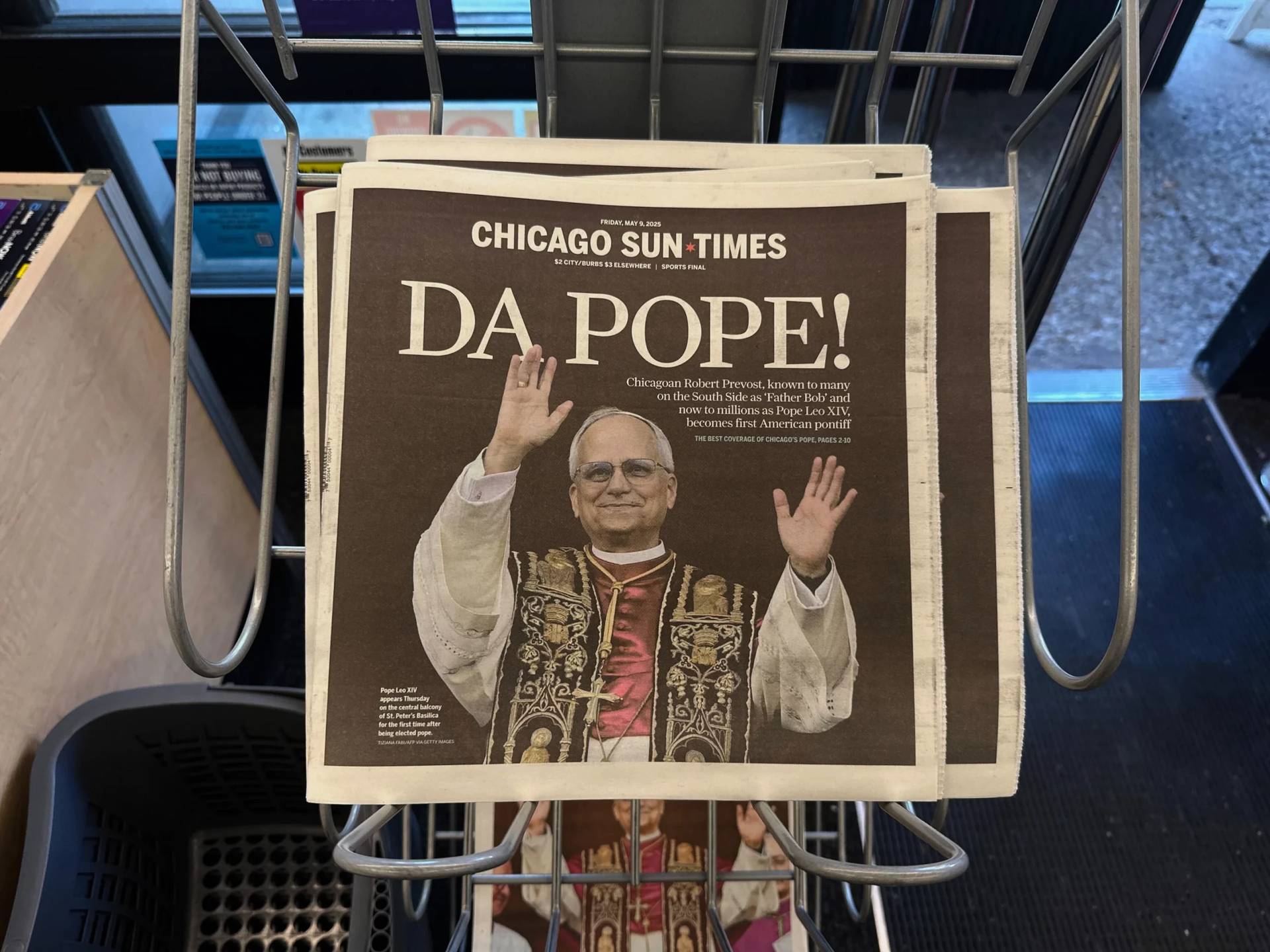Enrollment in Catholic schools has decreased by 49 percent since 2000-01 in the state of New York, according to a new report released on Wednesday by the Manhattan Institute.
If the K-12 Catholic school system is going to survive, not just in New York but also nationally, it needs both innovation and growth in public support, according to the report’s author, Ray Domanico.
“Quite frankly, I was shocked when I looked at the figures and realized that since 2000, since the time when I was more active as a parent in Catholic schools, the enrollment numbers in both the city and the rest of New York State had halved in that time,” Domanico told Crux.
Domanico is a senior fellow and director of education policy at the Manhattan Institute, a non-profit policy research organization based in New York City. His report, “A Statistical Profile of New York’s K-12 Educational Sector: Race, Income and Religion,” situates the jarring statistics on Catholic school enrollment decline alongside other relevant data on New York’s schools.
For example, during that same time frame, Jewish schools witnessed a 62.6 percent increase in enrollment across the state, undercutting arguments that the declines for Catholic schools are part of a broader rejection of religious-based schooling.
Domanico says the enrollment issue for New York’s Catholic schools cannot be understood apart from the explosion of charter schools during the same time frame. In 2000-01, there were just over 4,000 students enrolled in the state’s charter schools. That number jumped to more than 140,000 in 2018-19.
“In many ways, the success of Catholic schools in inner cities from the 1970s through the 1990s created the logic and rationale for charter schools,” Domanico told Crux. “During that period of time, the Catholic parochial schools were largely the only outlet for parents seeking an alternative to what they saw as low-performing public schools.”
This is no longer the case due to the rise of high-performing charter schools that, according to Domanico, receive over $15,000 per student and cost parents nothing. This has placed significant economic pressure on the Catholic school system, which relies on tuition and spends “a lot less per pupil than charter schools.”
Competition with charter schools, however, does not fully explain the dramatic 49 percent decrease. Domanico pointed to internal factors that strain the Catholic school system, such as declines in religious vocations, an aging priesthood, and increasing doubts about the “notion that a parish can operate independently a parochial school.”
Creative responses to these internal challenges have started to take shape in New York. Domanico pointed to a new partnership model in the Archdiocese of New York as an example of the kind of innovation that he believes is necessary for the long-term survival of Catholic elementary schools in the United States.
“The Archdiocesan Partnership for Inner-city Education took seven parochial schools from lower-income communities in Harlem and the South Bronx and contracted with a non-profit that runs those schools,” explained Domanico.
“They coordinate the philanthropy and they take on the back-office operations of hiring staff, professional development and training, and curriculum planning,” he continued.
The novel setup has reduced the demands on local parishes and, according to the Partnership’s public data, led to significant achievement increases that meet and even exceed top-performing charter school networks.
Domanico also highlighted efforts in the Diocese of Brooklyn to develop and train lay boards for each of their Catholic schools as another example of the “type of innovation that will be necessary if the moment appears where people again long for Catholic education for their young children.”
At the same time, Domanico stressed, these kinds of innovation alone will likely not be enough. “I think that on a large scale, for Catholic schools to continue to exist, we’re going to need growth in the area of public support, whether that comes in the form of vouchers or tuition tax credits, which we have in a number of states now,” he told Crux.
A crucial development on that front, Domanico noted, could be the outcome of a looming Supreme Court decision on the Espinoza v. Montana Department of Revenue case. At issue is a Montana constitutional provision barring aid to religious schools. Thirty-seven other states have similar provisions in their constitutions, so the Court’s decision could have far-reaching implications.
“We’re seeing an emerging debate about how much our constitutional system possibly allows for public funding of values-based education,” explained Domanico. “There’s no easy answers there, I don’t have the answers, but I do think it’s a cresting issue.”
Crux is dedicated to smart, wired and independent reporting on the Vatican and worldwide Catholic Church. That kind of reporting doesn’t come cheap, and we need your support. You can help Crux by giving a small amount monthly, or with a onetime gift. Please remember, Crux is a for-profit organization, so contributions are not tax-deductible.


















